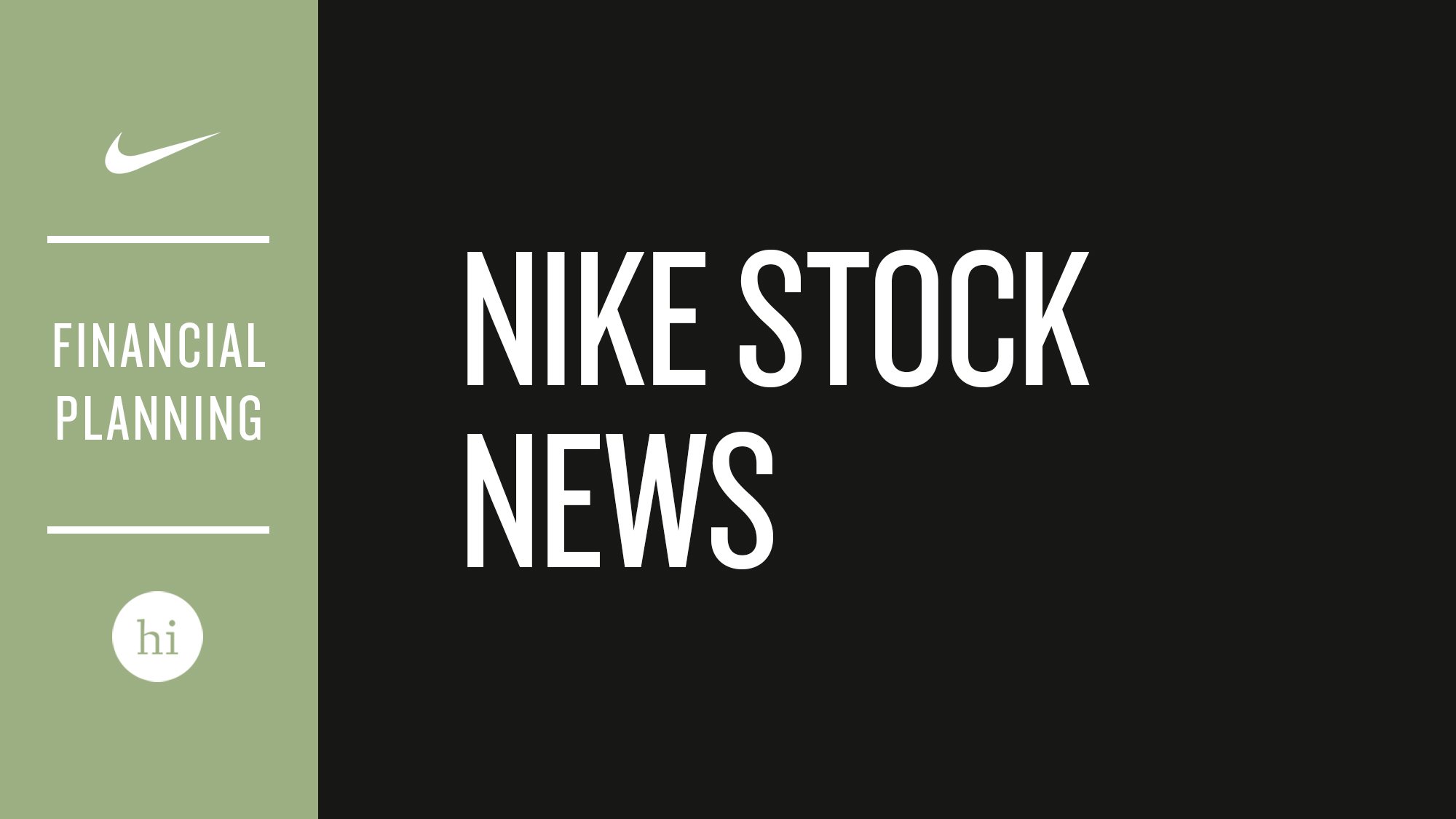401(k) plans are powerful tools individuals can use to save and invest for retirement. I would argue that with high individual contribution limits, tax advantages, and employer contributions, a 401(k) is the best tool to save for retirement. In fact, we love 401(k)’s so much as a savings tool we wrote the book on it - Becoming a 401(k) Millionaire (actually Peter Fisher our CEO did).
While 401(k)'s have helped answer the question "How to save for retirement?", they do not answer "How to turn retirement savings into retirement income?". That’s where Individual Retirement Accounts (IRAs) enter the picture. IRAs provide flexibility in retirement that towers above 401(k) plans in three key areas: investment selection, distribution strategy (taking money out), and tax efficiency.
Building an Investment strategy for retirement
Utilizing investment options that align with your retirement goals and needs is important for a successful financial plan. According to Vanguard, the average 401k plan has 27.2 investment options for employees to choose from1. This is a positive for 401k investors to avoid choice overload, but not always optimal for distributions. Compared to a 401(k), IRAs provide for much greater flexibility on the types of investment options available. The flexibility of investment options in an IRA can help to build a customized investment strategy to align with someone's retirement needs/goals. The shortlist of investments an IRA can hold are Individual Stocks, Mutual Funds, Exchange Traded Funds (ETFs), Bonds, US Treasuries, CDs, and Annuities.
Strategizing Distributions
Saving money in a retirement account is not a means to an end. There is a purpose to it, and for most the goal is retirement. We put money into a retirement account so that we may withdraw it someday when we are no longer receiving a paycheck. When building an efficient distribution strategy, flexibility is key.
While most 401(k) plans can administer distributions in retirement, there is often less control of how the money comes out of your account. As an example, let's assume you have two different investment options inside of your 401(k) account. One investment is geared for growth and the other for conservation (short-term needs).
With a 401(k), there is less flexibility than an IRA when choosing which investment you can choose to sell to take a cash distribution. Let’s say 50% of your 401(k) is in your growth investment and the other 50% is in your conservative. For every $1,000 you take out of your 401k, $500 will come from the sale of your Growth Investment and the other $500 from your conservative investment.
What happens when your growth investment loses 10-20% of its value due to normal market volatility? When you need your next distribution, your 401k will sell both the conservative investment as well as the growth investment (whose value has just decreased). By taking money out of a 401(k) during normal market volatility, you are violating the first rule of investing: buy low, sell high.
If 401(k) distributions are an entrée, an IRA is an a la carte. With an IRA you can choose which investment to sell to fund your distribution needs. If your growth investment has lost some of its value, you don't have to sell. You can use more of your conservative investment while you wait for the market to rebound. While in a good market where your growth investment increases in value by 10-20%, an IRA gives you the flexibility to sell high on your growth investment.
Tax efficiency
If not taken into consideration, taxes can squander someone's retirement account balance. It is important to withhold and pay the correct amount as you take withdrawals from your tax-deferred retirement account. Here is how 401(k)’s and IRA’s differ with regards to tax withholding:
For 401(k) distributions, the IRS requires a mandatory withholding of 20% for Federal Income Tax purposes. The account holder can request more to be withheld federally, but not less. The account holder can also withhold applicable state income tax. For example, say the account holder needs to withdraw $1,000 (net) from their 401(k). The plan provider will make sure there is 20% withheld for federal tax purposes. For every $1,000 needed, the account holder will withdraw $1,250 (The calculation: $1,000 ÷ 0.8 = $1,250). This mandatory withholding can be very convenient. However, what happens if taxes owed in retirement are less than 20%? The extra withholding will likely come back to you as a return once you file taxes. Unfortunately, there may be an opportunity cost. By withdrawing too much, the tax-deferred compounding growth on these dollars is lost.
An IRA provides flexibility to withhold (or not withhold) at a lesser amount to avoid selling unnecessary investments from a retirement account. If the federal tax owed is 11%, 11% can be withheld from the IRA. This saves the account holder 9% or $126 from being withheld, comparing to the 401k example above ($1000 ÷ 0.89 = $1,124). If this account holder withdrawals $1,000 each month, there is an additional $1,512 withheld each year. IRA’s provide a higher level of efficiency with the flexibility in tax withholdings.
Account Type Matters
Which account is right for you in retirement? Well, it depends. If you are you planning to retire earlier than age 59 ½, 401k plans offer some advantages (See "Rule of 55"). For most, however, an IRA makes sense. An IRA can provide superior flexibility to someone in retirement that cannot be matched by company-sponsored retirement plans like 401(k) plans. This is not a knock on 401(k)’s, rather a promotion of the benefits provided by an IRA. Consider the pros and cons of different account types to make sure they match up with your investment goals.
Sources
1 The Vanguard Group, How America Saves Report - 2020.




































































































